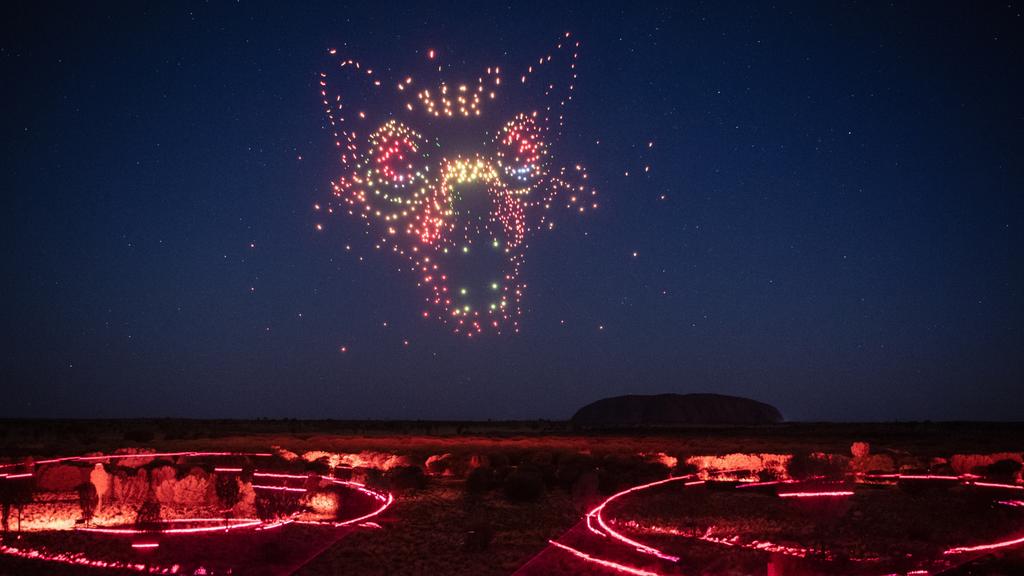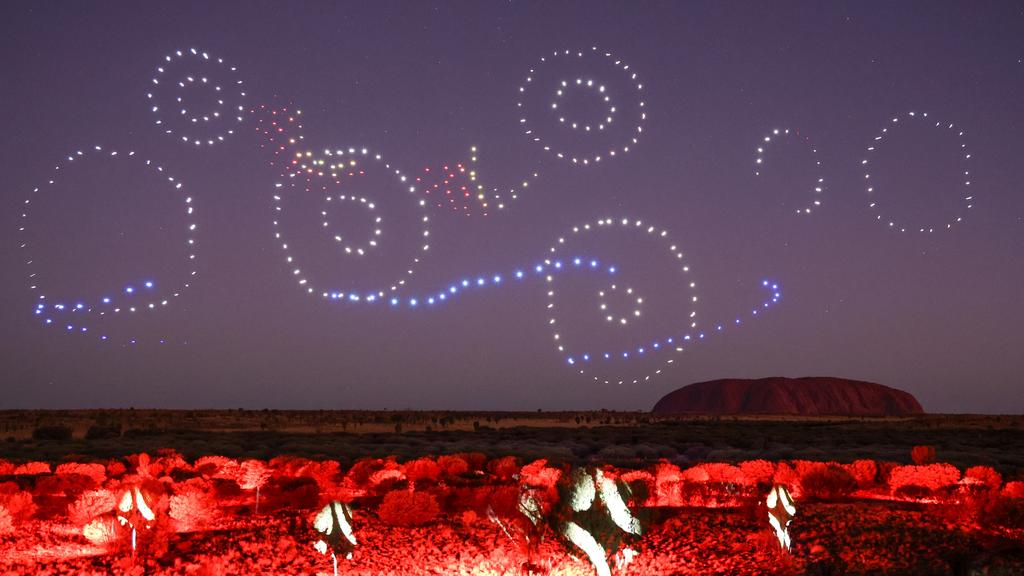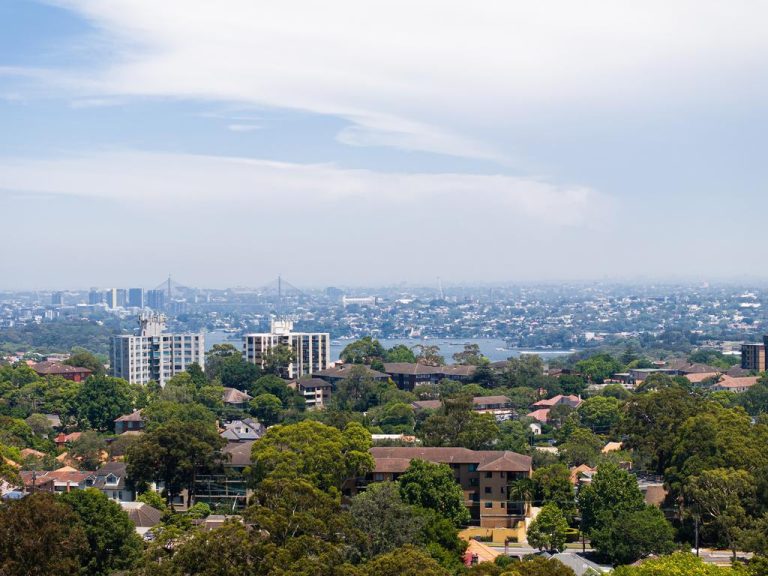Uluru spectacular tipped to fire overseas tourist return

Voyages has spent more than $10m on the new Wintjiri Wiru featuring drones, lasers and projectors.
The tourism burghers of Uluru are yet to test whether the closure of the climb back in 2019 will dramatically reduce the number of visitors accessing Voyages’ sprawling accommodation sites in the shadow of the rock.
Prior to Covid-19, about 300,000 people visited Uluru annually but in 2015 just 16 per cent climbed Uluru, down from the 1990s when 75 per cent tackled the steep ascent.
Visitors began climbing Uluru in the late 1930s and in the lead-up to the rock’s closure on October 26, 2019, the five Voyages-owned hotels and campgrounds were full to capacity, mainly occupied by Japanese tourists clamouring to climb Uluru in a final rush before it was closed due to the local Anangu people who had long asked visitors not to climb the sacred site.
“(Because of Covid) we never got to test what would happen once the Japanese could not climb Uluru,” says Voyages chief executive Matt Cameron-Smith, who runs the company’s four hotels and one camping ground providing accommodation in the shadow of the rock.
Although British and North American tourists have returned to Uluru at about 70 per cent of pre-Covid-19 levels, Japanese visitors are yet to return.

Designed by Canadian-born light artist Bruce Ramus the show is narrated in Pitjantjatjara and Yankunytjatjara and is performed with Uluru in the background.
Flights into the township are well down, with Virgin yet to resume flying. Added to that, negative publicity around nearby Alice Springs is hurting the drive tourism market.
Prior to Covid-19 there were 43 direct flights to Uluru from major capital cities. Today there are 16 direct flights from major capital cities.
However, Qantas has announced it will add more capacity, with 23 direct flights from late June. Qantas plans to increase this again next year.
In a bid to cater to international tourists Qantas will also reintroduce daily Cairns flights, said Mr Cameron-Smith.
However, part of the return of international flights will depend on how strongly the international market returns.
The Indigenous-owned Voyages must continue to provide new experiences for visitors and repeat visitors to Uluru and is cognisant that without the Japanese cohort, it is now more reliant on domestic tourism which peaks between the months of April and October.
Voyages has just spent more than $10m on the new Wintjiri Wiru show, which translates to “beautiful view out to the horizon”.
The 22-minute extravaganza involves 1269 drones, seven lasers and five projectors, and is billed as “a virtual mosaic of technology”.

Voyages chief executive Matt Cameron-Smith
“With the Japanese love of technology and culture Wintjiri Wiru will speak to the Japanese market,” Mr Cameron-Smith said.
Designed by Canadian-born light artist Bruce Ramus the show is narrated in Pitjantjatjara and Yankunytjatjara and is performed with Uluru in the background.
“We wanted to create something unique … it gives people a reason to stay another day,” Mr Cameron-Smith said, adding the Field of Light installation was as popular now as it was when installed six years ago.
At Uluru, domestic visitors stay an average 2.75 nights while international guests stay an average 1.9 nights.
“If we can stretch that to one more night and day it will be great for all the other tourism businesses in the area such as the rental car companies and the tour operators,” Mr Cameron-Smith said. “Wintjiri Wiru will be great for our business partners, from the camel farm to AAT Kings to Uluru Segway Tours.”
“(But) like every town, the business is still recovering.”
The writer was a guest of Voyages







